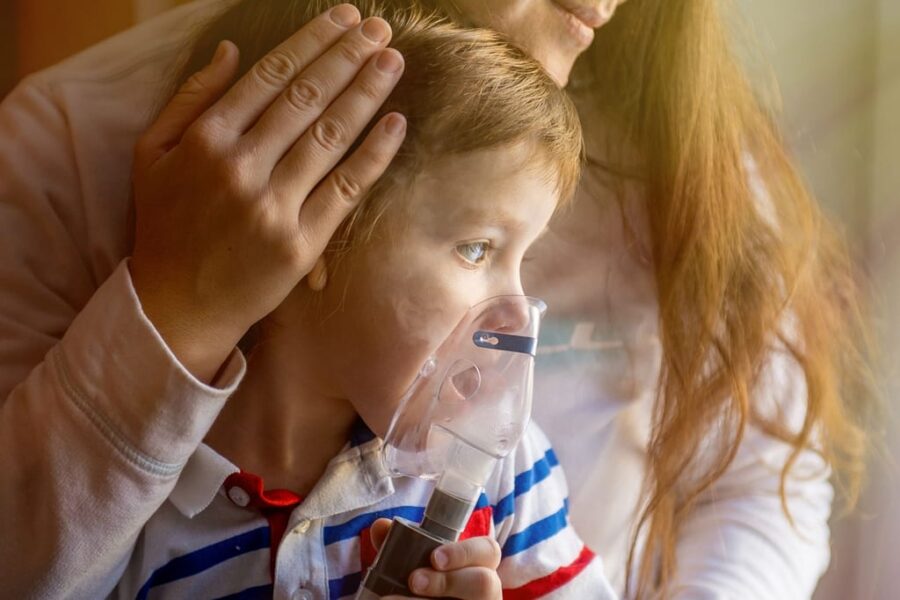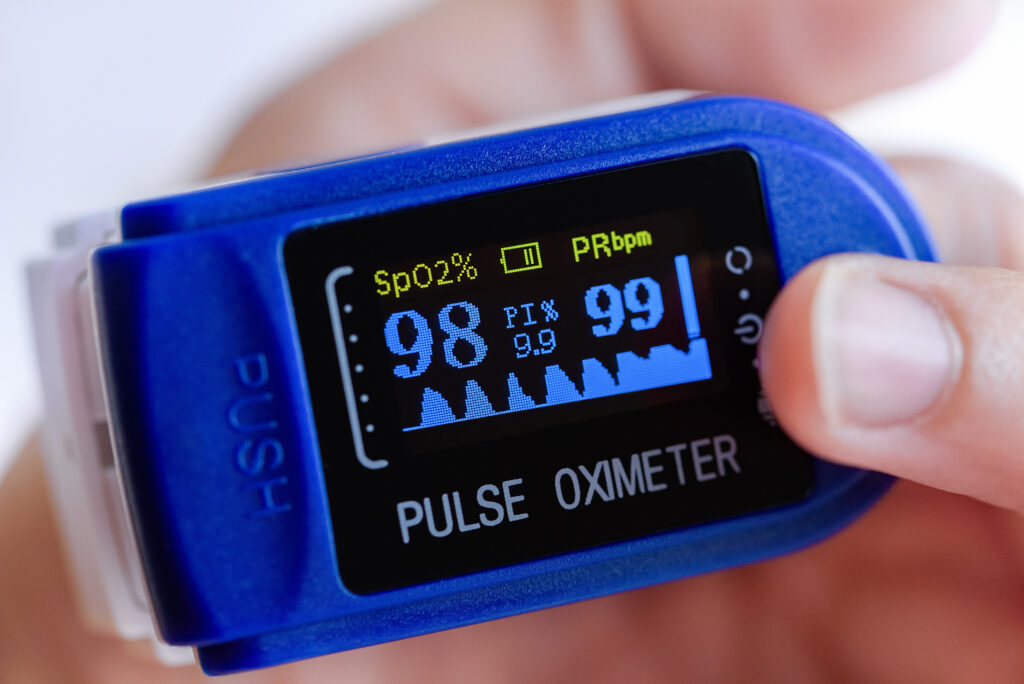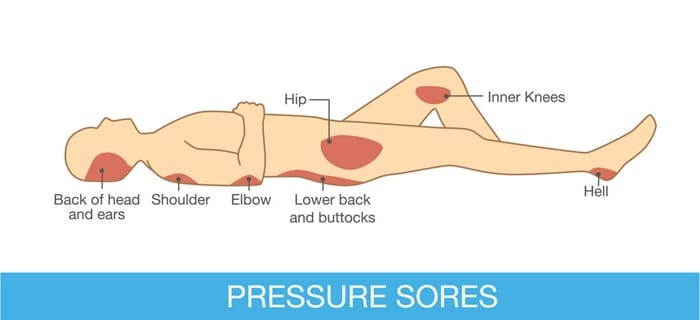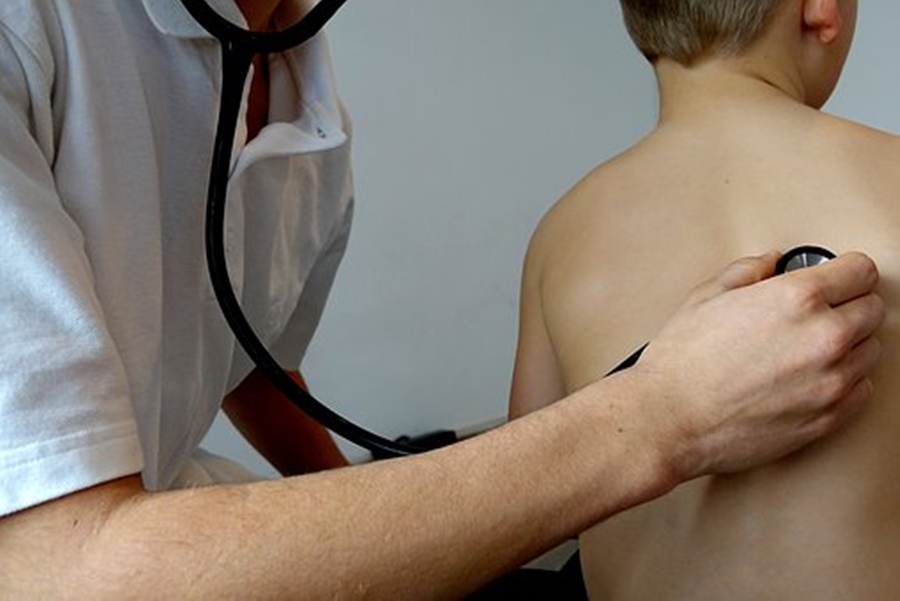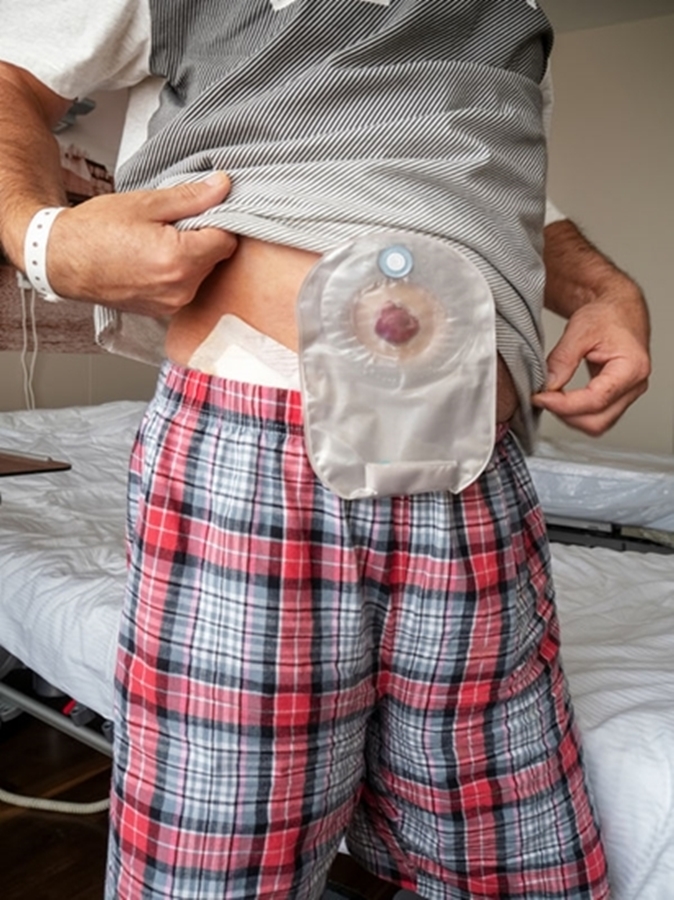NG Tube Use Instructions
Inserting an NG Tube Help your family member to sit up or raise the head of their bed to at least 30 degrees. Place some protective towels around them if the insertion process stimulates their gag reflex, and they vomit or spit up. Choose which nostril to use by evaluating for tenderness, previous injury, or […]
NG Tube Use Instructions Read More »


